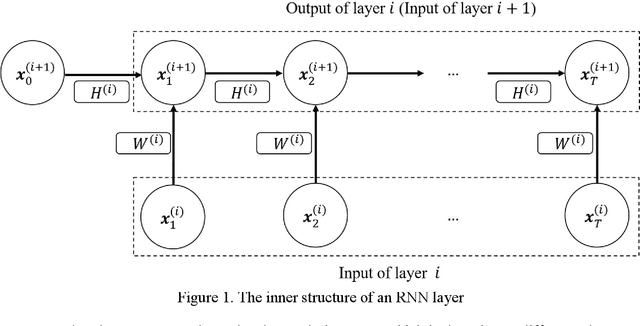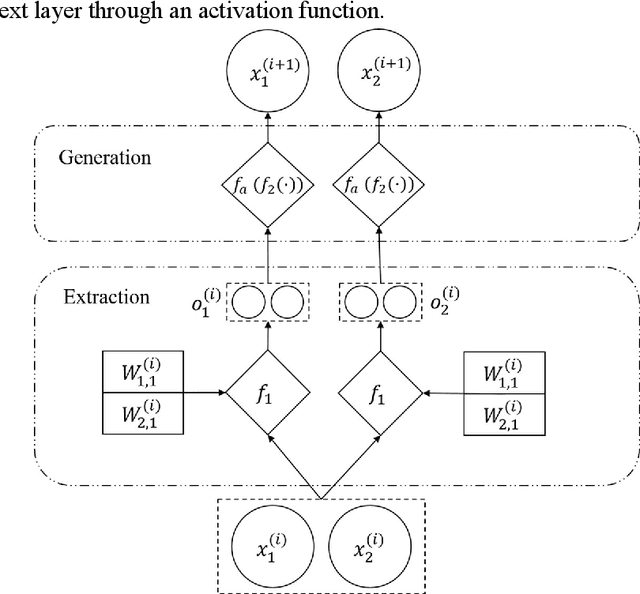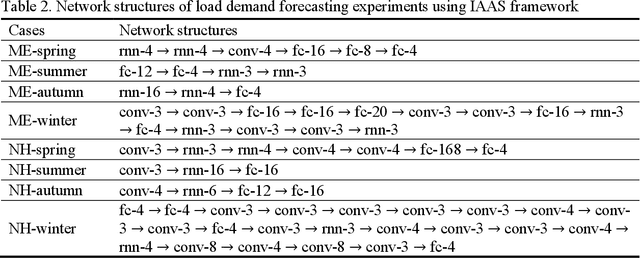Yingying Huang
EFKAN: A KAN-Integrated Neural Operator For Efficient Magnetotelluric Forward Modeling
Feb 04, 2025Abstract:Magnetotelluric (MT) forward modeling is fundamental for improving the accuracy and efficiency of MT inversion. Neural operators (NOs) have been effectively used for rapid MT forward modeling, demonstrating their promising performance in solving the MT forward modeling-related partial differential equations (PDEs). Particularly, they can obtain the electromagnetic field at arbitrary locations and frequencies. In these NOs, the projection layers have been dominated by multi-layer perceptrons (MLPs), which may potentially reduce the accuracy of solution due to they usually suffer from the disadvantages of MLPs, such as lack of interpretability, overfitting, and so on. Therefore, to improve the accuracy of MT forward modeling with NOs and explore the potential alternatives to MLPs, we propose a novel neural operator by extending the Fourier neural operator (FNO) with Kolmogorov-Arnold network (EFKAN). Within the EFKAN framework, the FNO serves as the branch network to calculate the apparent resistivity and phase from the resistivity model in the frequency domain. Meanwhile, the KAN acts as the trunk network to project the resistivity and phase, determined by the FNO, to the desired locations and frequencies. Experimental results demonstrate that the proposed method not only achieves higher accuracy in obtaining apparent resistivity and phase compared to the NO equipped with MLPs at the desired frequencies and locations but also outperforms traditional numerical methods in terms of computational speed.
An Intelligent End-to-End Neural Architecture Search Framework for Electricity Forecasting Model Development
Mar 25, 2022



Abstract:Recent years have witnessed an exponential growth in developing deep learning (DL) models for the time-series electricity forecasting in power systems. However, most of the proposed models are designed based on the designers' inherent knowledge and experience without elaborating on the suitability of the proposed neural architectures. Moreover, these models cannot be self-adjusted to the dynamically changing data patterns due to an inflexible design of their structures. Even though several latest studies have considered application of the neural architecture search (NAS) technique for obtaining a network with an optimized structure in the electricity forecasting sector, their training process is quite time-consuming, computationally expensive and not intelligent, indicating that the NAS application in electricity forecasting area is still at an infancy phase. In this research study, we propose an intelligent automated architecture search (IAAS) framework for the development of time-series electricity forecasting models. The proposed framework contains two primary components, i.e., network function-preserving transformation operation and reinforcement learning (RL)-based network transformation control. In the first component, we introduce a theoretical function-preserving transformation of recurrent neural networks (RNN) to the literature for capturing the hidden temporal patterns within the time-series data. In the second component, we develop three RL-based transformation actors and a net pool to intelligently and effectively search a high-quality neural architecture. After conducting comprehensive experiments on two publicly-available electricity load datasets and two wind power datasets, we demonstrate that the proposed IAAS framework significantly outperforms the ten existing models or methods in terms of forecasting accuracy and stability.
 Add to Chrome
Add to Chrome Add to Firefox
Add to Firefox Add to Edge
Add to Edge